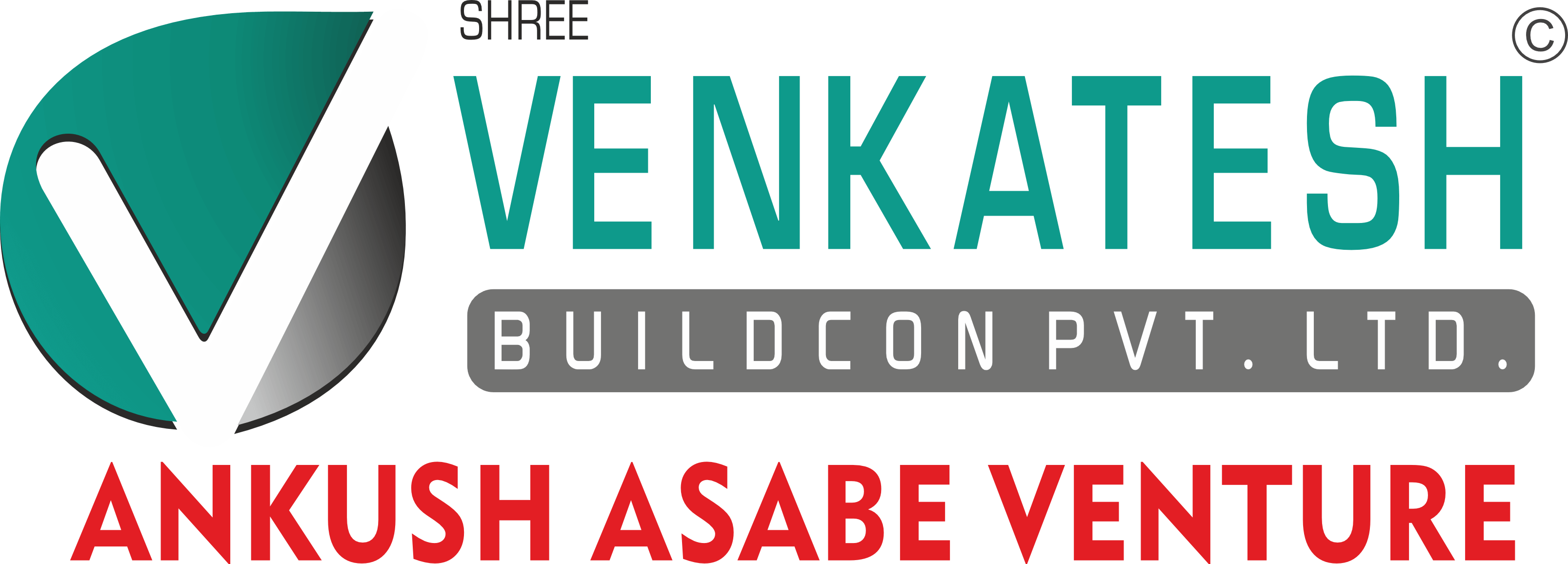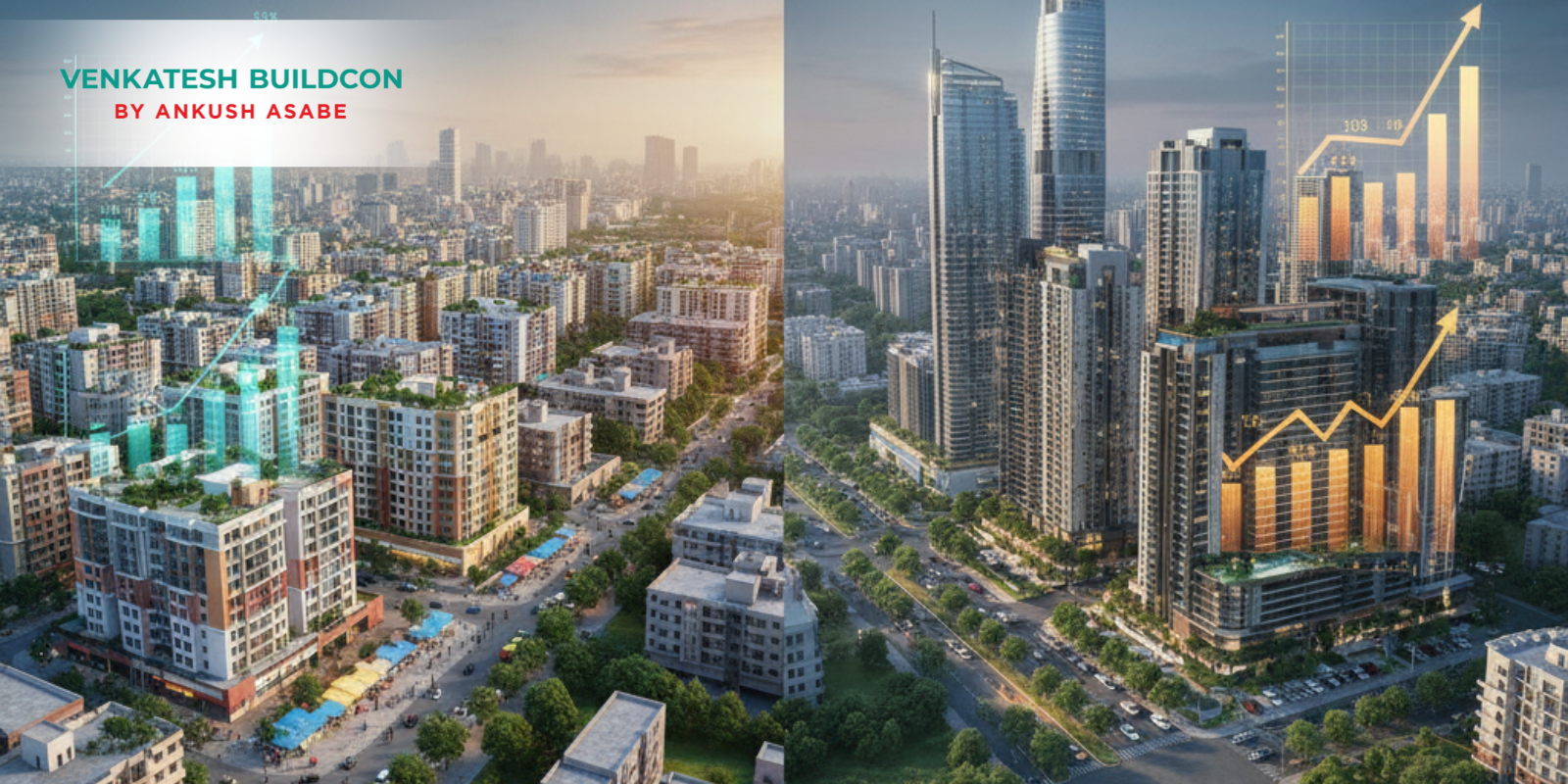The Indian housing landscape is undergoing a remarkable shift, and Pune real estate reflects this evolution vividly. As economic stability, lifestyle aspirations, and infrastructural development reshape buyer preferences, the demand balance between affordable, mid, premium, and luxury housing is transforming rapidly. Understanding these transitions is key for developers, investors, and homebuyers seeking to navigate a dynamic property market.
1. Defining the Segments – Affordable, Mid, Premium, and Luxury
Indian housing typically falls into four broad price categories.
- Affordable Housing (< ₹50 lakh): Compact 1 or 2 BHK homes with limited amenities, usually located in peripheral or emerging areas. These appeal to first-time buyers and salaried professionals.
- Mid-Segment (₹50 lakh–₹1 crore): 2–3 BHK units offering moderate amenities like a clubhouse, gym, and security, generally situated in well-connected suburbs.
- Premium Housing (₹1–2 crore): Spacious 3 or 4 BHK apartments with high-end specifications, advanced security, and proximity to major business or IT corridors.
- Luxury Housing (> ₹2 crore): Exclusive projects or villas with superior finishes, personalized layouts, and high privacy, often found in prime areas such as Koregaon Park, Baner, and Kalyani Nagar.
These distinctions not only influence buyer expectations but also define the profitability and positioning strategies of developers.
2. Changing Demand Mix – What’s Selling in 2025
The demand pattern in India’s housing sector has changed significantly in recent years. Luxury homes priced above ₹4 crore saw nearly 75% growth in 2023, indicating rising appetite among affluent buyers. Similarly, premium homes in the ₹1–2 crore range have gained momentum, now contributing close to 28% of total residential sales in top Indian cities.
In contrast, the affordable and mid-range categories—homes below ₹50 lakh and those priced between ₹50 lakh and ₹1 crore—have witnessed a relative slowdown. Rising construction costs, limited land availability in city centers, and inflationary pressures have eroded affordability for many first-time buyers.
In Pune, this shift is particularly visible. Established IT corridors and emerging hubs like Hinjewadi, Baner, and Kharadi have seen strong traction in the premium segment, driven by professionals seeking larger spaces, better amenities, and improved connectivity.
3. Margin, Absorption & Risk Trade-offs for Developers
Each segment presents unique opportunities and challenges:
- Affordable Housing: Offers high demand and faster absorption but yields lower margins. Price sensitivity, compliance with subsidy norms, and limited design flexibility often reduce profitability.
- Mid-Segment: Strikes a balance between affordability and lifestyle appeal. These projects are easier to finance and market, offering steady returns.
- Premium and Luxury Housing: Commands higher margins, stronger brand visibility, and aspirational value but carries greater risks—such as longer sales cycles, higher marketing costs, and the possibility of unsold inventory.
Developers must therefore balance their portfolios to ensure both liquidity and profitability.
4. Strategic Approach for Venkatesh Buildcon
For a leading real estate company in Pune like Venkatesh Buildcon, aligning product strategy with evolving market trends is essential. A balanced portfolio—combining affordable, mid, and premium projects—ensures financial resilience and broad market coverage.
- Project Selection: Choosing plots near growing infrastructure zones such as the Metro corridors, Ring Road, and new IT hubs enhances appreciation potential.
- Marketing Strategy: Highlighting amenities, connectivity, and lifestyle advantages strengthens appeal among premium buyers. For mid-segment projects, the focus should be on functionality, affordability, and proximity to employment hubs.
- Risk Management: Phased launches, pre-sales, and timely delivery help maintain cash flow and reduce exposure to market fluctuations.
Venkatesh Buildcon’s approach of creating well-connected, value-driven projects positions it effectively for both short-term sales and long-term brand growth.
5. Conclusion – The Future of Demand and Profitability
The post-pandemic housing cycle in India is witnessing clear segmentation. While affordable housing continues to serve a large demographic base, it’s the premium and luxury segments that are driving profitability and capital appreciation. Pune’s thriving employment ecosystem, expanding infrastructure, and maturing buyer base make it one of India’s most promising real estate markets.
For those looking to buy property in Pune or invest in top projects in Pune, the sweet spot now lies in the ₹1–2 crore range—where aspirational lifestyle meets sustainable affordability. Developers like Venkatesh Buildcon, with their focus on quality, connectivity, and customer trust, are well-positioned to serve this growing segment and deliver long-term value.
In the evolving landscape of housing in Pune, the line between affordability and aspiration is blurring—creating opportunities for both buyers and builders to benefit from India’s next phase of real estate growth.
 Residential
Residential
 Ongoing
Ongoing
 Completed
Completed Upcoming
Upcoming Commercial
Commercial





